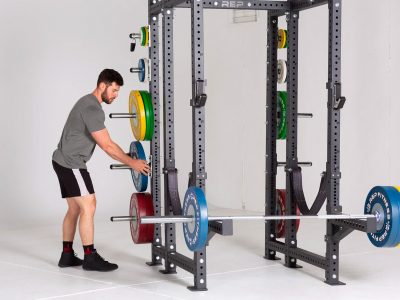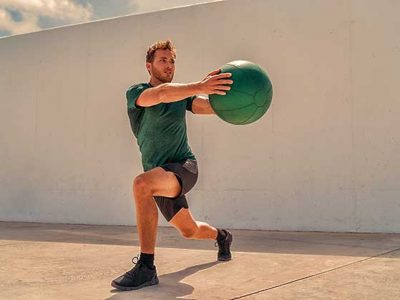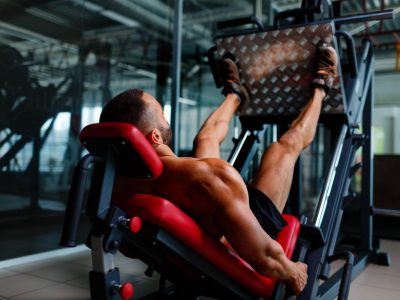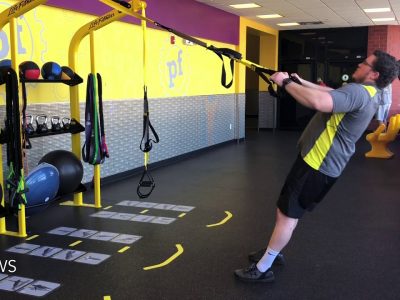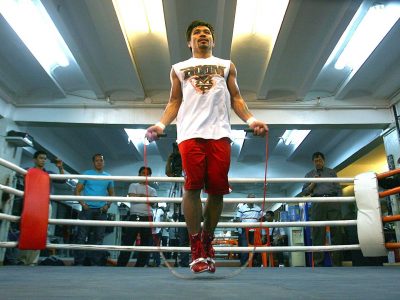Experiencing knee pain during leg extensions in your workout?
This blog post offers essential tips on how to execute leg extensions correctly, ensuring a pain-free exercise that strengthens your knees.
Bạn đang xem: How To Avoid Knee Pain During Leg Extensions Updated 07/2024
Ready for relief? Let’s dive into uninterrupted gains!
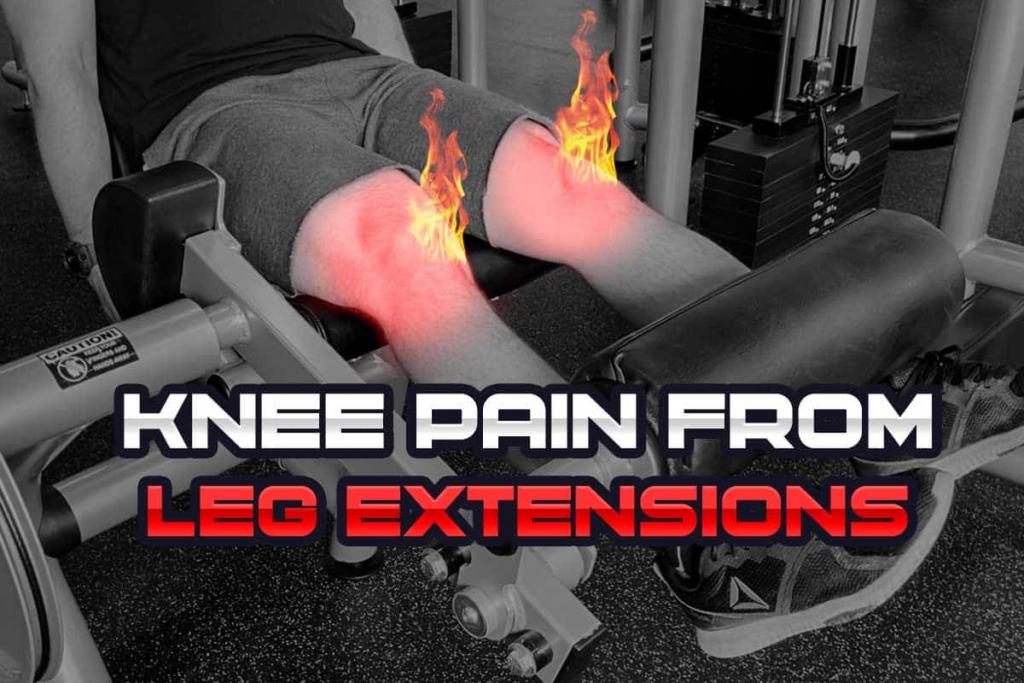
Understanding Knee Pain during Leg Extensions
Causes of knee pain during leg extensions
Knee pain during leg extensions is a common problem faced by many gym-goers. However, there are certain causes of this discomfort that you must be aware of to safeguard your knees.
- One of the main culprits for knee pain during leg extensions is incorrect form and alignment. It directly puts undue strain on your knee joint, leading to inflammation and pain over time.
- Overloading the weights or resistance on the leg extension machine can also lead to severe knee pain. It places too much stress on the quadriceps muscles, and when these muscles can’t handle the load, your knees suffer.
- If your knees aren’t lined up with the pivot point on the machine during leg extensions, it hinders optimal range of motion and is detrimental to knee health.
- Some individuals may experience sharp pain below or behind their knee while performing leg extensions. This indicates underlying issues like patellar tendinitis or patellofemoral syndrome.
- Finally, discomfort in your quads due to poor execution or alignment during leg extension exercises can also contribute to knee pain indirectly.
Potential risks and injuries
Leg extensions can pose potential risks and injuries if not performed with proper form and technique. One of the major risks is placing excessive strain on the knee joint, which can lead to discomfort, pain, and even injury.
Improper alignment during leg extensions is a common mistake that can put unnecessary stress on the knees. This can result in conditions like patellar tendinitis or patellofemoral syndrome.
Furthermore, compensation away from the quadriceps is another issue that may arise during leg extensions.
When other muscles begin to take over due to improper form or inadequate muscle strength, it puts additional strain on the knee joints.
It’s important to engage the correct muscles when performing leg extensions and maintain proper alignment throughout the movement.
Importance of proper form and technique
Proper form and technique are essential when performing leg extensions to avoid knee pain and prevent injuries.
When the exercise is done incorrectly, it can place excessive strain on the knee joint, leading to discomfort and potential long-term damage.
One crucial aspect of proper form is maintaining alignment in your knees throughout the movement.
By keeping your knees directly over the pivot point of the machine, you allow for a more natural range of motion that reduces stress on the joint.
Additionally, engaging the correct muscles, such as quadriceps, while avoiding compensation from other muscle groups can help minimize strain on the knee area.
Remember to start with a weight or resistance level that challenges you without compromising your form and gradually increase as you build strength.
Tips for Avoiding Knee Pain during Leg Extensions
Proper alignment and positioning of knees
To avoid knee pain during leg extensions, it is crucial to focus on proper alignment and positioning of your knees.
Make sure that your knees are in line with the pivot point of the machine, which allows for optimal range of motion and reduces the risk of injury.
Avoid any inward or outward deviation of the knees during the movement, as this puts unnecessary strain on the knee joint.
Xem thêm : Can Resistance Bands Break Updated 07/2024
By keeping your knees aligned and centered throughout the exercise, you can minimize discomfort and increase overall effectiveness.
So remember, maintain proper knee alignment for safe and effective leg extensions that promote healthy knee joints.
Engaging the correct muscles
To avoid knee pain during leg extensions, it is crucial to engage the correct muscles. The primary muscle group targeted in this exercise is the quadriceps, located on the front of your thighs.
By properly activating and strengthening these muscles, you can provide better support for your knees and reduce the risk of injury.
When performing leg extensions, focus on consciously contracting and squeezing your quads throughout the movement.
This will ensure that your quadriceps are doing most of the work, taking strain off your knees.
Additionally, try to avoid relying too much on momentum or swinging motions, as this can shift the load away from your quads and onto other muscles or joints.
Remember that proper form plays a critical role in engaging the correct muscles. Maintain a stable core and keep your back straight while performing leg extensions.
This will help you isolate and target your quadriceps effectively without placing unnecessary stress on other parts of your body.
Using appropriate weight and resistance
To avoid knee pain during leg extensions, it’s essential to use appropriate weight and resistance. Using too much weight can put excessive strain on your knees, increasing the risk of injury.
On the other hand, using too little resistance may not effectively engage your muscles, leading to an inefficient workout.
By selecting a weight that challenges you but allows you to maintain proper form and technique, you can protect your knees while still targeting your quadriceps effectively.
It’s important to listen to your body and gradually increase the weight as your strength improves over time.
Controlling the range of motion
To avoid knee pain during leg extensions, it is crucial to control the range of motion. Going too far down or extending the legs too forcefully can put excessive strain on your knees.
Aim for a smooth and controlled movement, ensuring that you stop just before your legs are fully extended.
This helps prevent joint compression and reduces the risk of injury. By maintaining proper form and controlling the range of motion, you can protect your knees while still effectively targeting your quadriceps muscles.
So remember to focus on quality over quantity when performing leg extensions to keep your knees happy and healthy during your workout routine.
Alternative Exercises to Leg Extensions
Instead of leg extensions, you can try alternative exercises such as the leg press machine, lunges and squats, step-ups and step-downs, or hamstring curls to strengthen your legs without putting excessive strain on your knees.
Leg press machine
The leg press machine is a great alternative to leg extensions for those looking to avoid knee pain. This exercise targets the quadriceps, hamstrings, and glutes while minimizing strain on the knees.
Xem thêm : Why Are Dumbbells So Expensive Updated 07/2024
By sitting in an inclined position with your feet placed on the platform, you can easily adjust the angle and weight to suit your needs.
This allows for effective quad strengthening without putting excessive pressure on the knee joint.
Using the leg press machine also offers added stability and support compared to free-weight exercises. The guided movement of this machine helps maintain proper form throughout each repetition, reducing the risk of injury.
Additionally, it provides a larger range of motion than leg extensions, allowing for effective muscle activation without compromising knee alignment.
Lunges and squats
Lunges and squats are excellent alternatives to leg extensions that can help alleviate knee pain and strengthen the muscles around the knee joint. Here’s why they should be incorporated into your workout routine:
Lunges:
- Lunges target the quadriceps, hamstrings, and glutes while also engaging the stabilizing muscles around the knee.
- By performing lunges correctly, you can improve knee stability and reduce the risk of injury.
- Lunges can be modified in various ways to suit different fitness levels and accommodate any existing knee issues.
Squats:
- Squats are a compound exercise that targets multiple muscle groups, including the quads, hamstrings, glutes, and core.
- Proper squat form helps distribute the load through the entire lower body, minimizing strain on the knees.
- Squats promote overall lower body strength and stability, which can contribute to better knee health.
Step-ups:
- Step – ups involve stepping onto a raised platform using one leg at a time.
- This exercise strengthens both the quadriceps and gluteus muscles while also improving balance and stability.
- Step – ups can be performed with or without added resistance for progressive training.
Hamstring curls:
- Hamstring curls primarily target the hamstrings but also engage other muscles in the legs.
- Strong hamstrings play a crucial role in maintaining optimal knee function and reducing stress on the joint during activities like leg extensions.
- Hamstring curls can be performed using machines or with resistance bands.
Step-ups and step-downs
Step-ups and step-downs are excellent alternative exercises to leg extensions that can help you avoid knee pain and strengthen your lower body.
These exercises target the quadriceps, hamstrings, and glutes while also improving balance and stability.
Here’s how to do step-ups and step-downs correctly:
- Start by standing in front of a box or step that is about knee – height.
- Step up onto the box with one foot, pushing through your heel and engaging your quadriceps.
- Keep your knee aligned with your toes as you lift your other foot off the ground.
- Slowly lower yourself back down, controlling the movement with your quads and hamstrings.
- Repeat the exercise with the other leg.
Hamstring curls
Hamstring curls are a great alternative exercise to leg extensions for those looking to avoid knee pain.
These exercises specifically target the hamstring muscles at the back of the thigh, helping to strengthen and stabilize the knee joint.
Performing hamstring curls involves lying face down on a leg curl machine with your ankles secured under padded rollers. From here, you bend your knees and contract your hamstrings to bring your feet towards your glutes.
This movement helps balance out the strength between the quadriceps and hamstrings, reducing strain on the knee joint and lowering the risk of injury during workouts.
Additionally, hamstring curls can also improve overall muscle balance in the lower body, promoting more effective movement patterns during other exercises or daily activities.
Conclusion
In conclusion, avoiding knee pain during leg extensions is essential for a safe and effective workout.
By focusing on proper form and technique, maintaining proper alignment, using appropriate weights, and considering alternative exercises, you can protect your knees and prevent potential injuries.
Remember to listen to your body and make adjustments as needed to ensure a pain-free leg extension routine. Stay strong and keep those knees healthy!
Nguồn: https://usgyms.net
Danh mục: Gym Equipment

